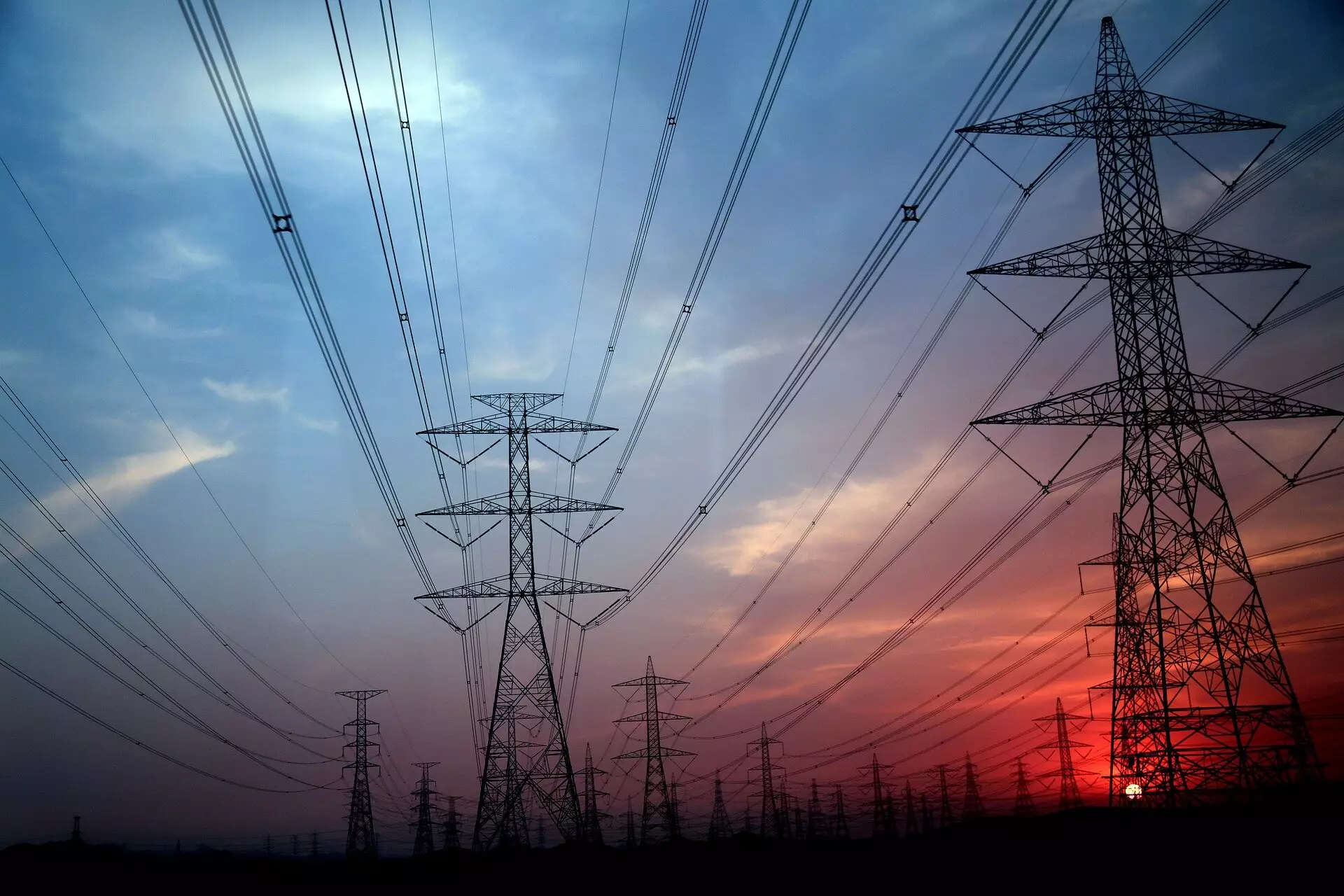As environmental policies intensify their focus on clean energy, the competition between gas and electric utilities has entered uncharted territory. Scholars from Stanford University and the University of Notre Dame emphasize that this competition demands a fundamental rethinking of regulatory frameworks. Their white paper, developed by the Climate and Energy Policy Program at the Stanford Woods Institute for the Environment, argues for a structural unification of electric and gas utilities. This transformation is essential for a more efficient and cost-effective transition to zero-carbon buildings, a critical element in combating climate change.
The urgency for regulatory changes stems from the rapid evolvement of energy technologies and growing public pressure for decarbonization. Electric utilities are no longer seen as standalone entities; they are competing with gas utilities, especially in sectors such as building heating and cooking. As an increasing number of households turn to electric solutions, such as heat pumps and induction stoves, gas utilities are launching defensive measures to retain their customer base, creating a competitive landscape that complicates the energy transition.
Regulators are now confronted with an intricate web of challenges that include pressing climate imperatives, safety considerations, and equity issues affecting vulnerable populations. Joshua Lappen, a co-author of the white paper, highlights that the current approach to decarbonizing gas networks may inadvertently exacerbate these challenges. By failing to recognize the competitive dynamics at play, utility regulators risk extending the lifespan of fossil fuel infrastructure that conflicts with national and global decarbonization targets.
The paper advocates for state public utility commissions (PUCs) to adopt a unified vision where electric and gas utilities are integrated into a coherent energy sector. The report’s stark warning against the continuation of competitive practices between these utilities is clear: such fragmentation could hinder progress on decarbonization, inflate costs for consumers, and lock in investments in outdated fossil fuel-based systems.
The authors make a compelling case for a consolidated approach that encompasses both gas and electric utilities. By treating these entities as parts of a singular energy ecosystem, regulators can optimize resource allocation, minimize financial inefficiencies, and fast-track the decarbonization process. This holistic perspective could set the stage for singular utility models that replace the current disjointed systems, potentially leading to reduced costs for ratepayers and enhanced service reliability.
A salient point raised in the white paper pertains to the duplicative nature of existing utility frameworks. In many U.S. regions, gas and electric utilities are offering overlapping services, yet consumers are funding two separate and costly distribution systems. The white paper emphasizes that the elimination of these redundancies not only makes economic sense but is also a necessary step toward developing a streamlined energy infrastructure aligned with climate goals.
By aligning energy policy approaches across utilities, regulators can effectively manage the competing interests involved in the energy transition. This collaborative strategy would allow for more manageable investments in technologies that foster decarbonization while mitigating the financial risks associated with stranded assets.
The potential creation of unified energy service providers represents a forward-thinking strategy that could reshape the regulatory landscape. This model not only aims to optimize operational efficiencies but also to enhance safety protocols and protect consumer interests as the transition unfolds. Amanda Zerbe, another co-author of the paper, reiterates the urgent need to adapt to changing energy dynamics. “Times have changed,” she states, underlining the necessity for regulators to evolve alongside advancements in energy technologies and climate policy.
Furthermore, the risks associated with inaction are pronounced. The white paper warns that gas utilities are incentivized to expand fossil fuel infrastructures with investment durations that exceed the projected timelines for necessary decarbonization. This behavior not only jeopardizes consumer finances but also undermines broader efforts committed to achieving a sustainable energy future.
The recommendations put forth by the scholars at Stanford and Notre Dame represent a pivotal shift in how the United States can navigate its energy future. By restructuring the regulatory frameworks of gas and electric utilities into a unified energy sector, the transition to clean energy can become more efficient, cost-effective, and equitable. As technological advancements continue, embracing an integrated approach not only makes economic sense but also aligns with the urgent necessity of meeting climate commitments. Through effective management and innovative regulation, it is possible to foster an energy system that is sustainable, resilient, and just—paving the way for a greener future.


Leave a Reply